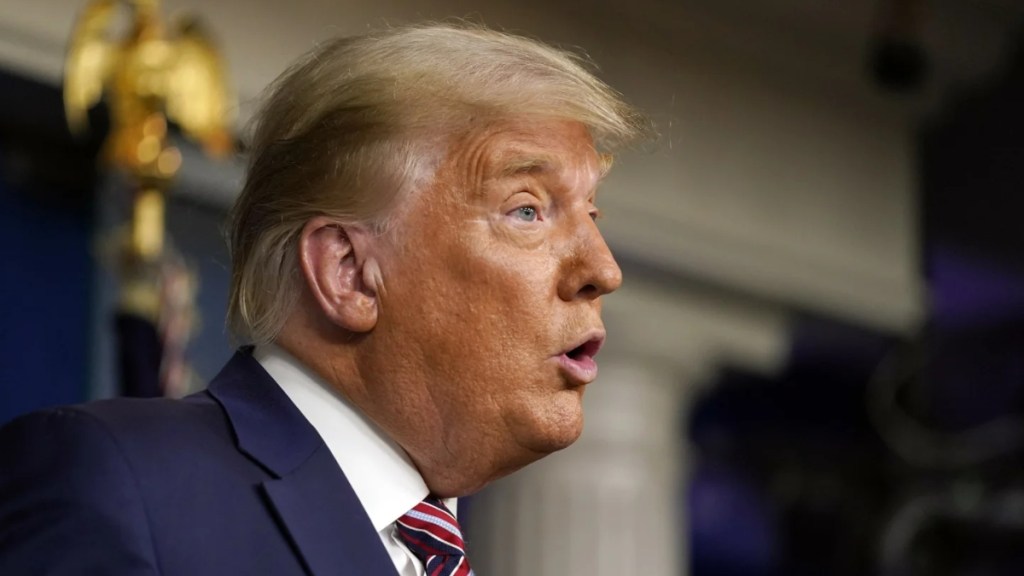The White House has released the revised tariff rates on imports from 68 countries and the 27-member European Union, with these new tariffs scheduled to come into effect on August 7, 2025. This gives US customs and border officials time to prepare for the changes.
A default 10% tariff will apply to countries not explicitly named in the order. The tariffs are intended as “reciprocal tariffs” to counteract what the US views as unfair trade practices by certain nations, with rates ranging from 10% up to 41% depending on the country.
A top White House official explained the August 7 rollout gives time for US customs and border officials to get ready for the changes.
A total of 68 countries, plus the 27-member European Union, are affected. Countries not named specifically in the order will automatically face a 10% tariff.
List of countries affected by new US tariffs
| Country/region | Tariff rate |
| Afghanistan | 15% |
| Algeria | 30% |
| Angola | 15% |
| Bangladesh | 20% |
| Bolivia | 15% |
| Bosnia and Herzegovina | 30% |
| Botswana | 15% |
| Brazil | 10% |
| Brunei | 25% |
| Cambodia | 19% |
| Cameroon | 15% |
| Chad | 15% |
| Costa Rica | 15% |
| Côte d’Ivoire | 15% |
| Democratic Republic of Congo | 15% |
| Ecuador | 15% |
| European Union | 0%–15% |
| Equatorial Guinea | 15% |
| Falkland Islands | 10% |
| Fiji | 15% |
| Ghana | 15% |
| Guyana | 15% |
| Iceland | 15% |
| India | 25% |
| Indonesia | 19% |
| Iraq | 35% |
| Israel | 15% |
| Japan | 15% |
| Jordan | 15% |
| Kazakhstan | 25% |
| Laos | 40% |
| Lesotho | 15% |
| Libya | 30% |
| Liechtenstein | 15% |
| Madagascar | 15% |
| Malawi | 15% |
| Malaysia | 19% |
| Mauritius | 15% |
| Moldova | 25% |
| Mozambique | 15% |
| Myanmar (Burma) | 40% |
| Namibia | 15% |
| Nauru | 15% |
| New Zealand | 15% |
| Nicaragua | 18% |
| Nigeria | 15% |
| North Macedonia | 15% |
| Norway | 15% |
| Pakistan | 19% |
| Papua New Guinea | 15% |
| Philippines | 19% |
| Serbia | 35% |
| South Africa | 30% |
| South Korea | 15% |
| Sri Lanka | 20% |
| Switzerland | 39% |
| Syria | 41% |
| Taiwan | 20% |
| Thailand | 19% |
| Trinidad and Tobago | 15% |
| Tunisia | 25% |
| Turkey | 15% |
| Uganda | 15% |
| United Kingdom | 10% |
| Vanuatu | 15% |
| Venezuela | 15% |
| Vietnam | 20% |
| Zambia | 15% |
| Zimbabwe | 15% |
Countries facing higher tariffs and the highest rates
Several countries have been slapped with higher tariffs than the default 10%, reflecting significant trade imbalances or disputes with the US. Among those hit hardest are Laos and Myanmar, each facing a 40% tariff, Syria at 41% and Switzerland at 39%. Canada now faces a 35% tariff on goods that aren’t covered by trade agreements, up from the previous 25% rate.
The new tariffs are expected to hit industries such as automobiles and agriculture hard, showing a tougher US approach even with longtime partners.
Laos and Myanmar are being hit with one of the highest tariffs at 40%. This big hike could worstly hurt their exports to the US, including both raw materials and finished goods. It also points to rising trade tensions or other concerns the US has with these countries.
Meanwhile, Switzerland is facing a 39% tariff, which is nearly the highest of all. This likely shows US worries about trade imbalances or limited access to Swiss markets. Major exports like pharmaceuticals, machinery and specialty items could take a hit.

